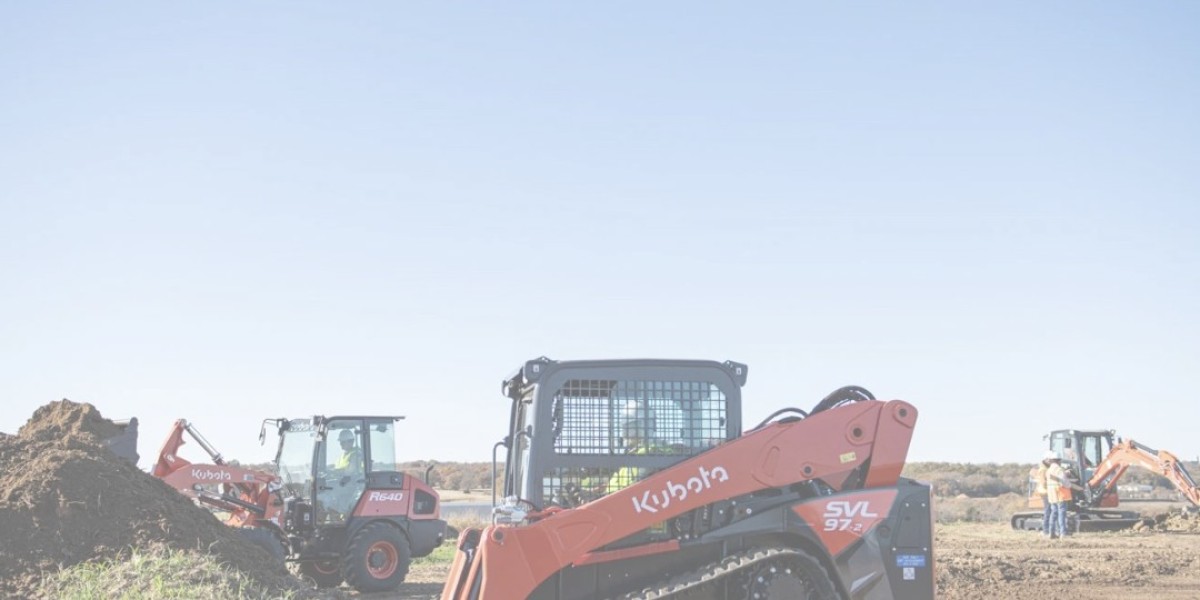AI Based Predictive Maintenance
In the rapidly evolving landscape of industrial operations, maintenance strategies are undergoing a transformative shift. Traditional reactive and scheduled maintenance approaches, while once sufficient, often fall short in today’s highly digitized and competitive environment. Downtime, inefficiencies, and high operational costs necessitate a more intelligent and proactive solution. This is where AI predictive maintenance steps in as a game-changer, revolutionizing how industries approach asset reliability and performance. With the integration of artificial intelligence into predictive maintenance, industries are not only optimizing asset lifespans but also significantly improving safety, efficiency, and operational planning.
Predictive maintenance itself is not a new concept. It has long been used to monitor equipment condition and forecast potential failures using techniques such as vibration analysis, thermography, and oil analysis. However, the incorporation of artificial intelligence and machine learning has elevated this practice to a new level of accuracy and foresight. AI-based systems can analyze vast amounts of data from various sources—such as sensors, IoT devices, and enterprise systems—and extract meaningful patterns that signal impending failures long before they occur. This early detection enables maintenance teams to intervene at the optimal time, preventing costly breakdowns and extending equipment life.
One of the critical advantages of AI based predictive maintenance is its ability to process real-time data continuously. Unlike traditional methods that rely on periodic checks or historical trends, AI systems operate on live data streams, enabling dynamic and timely insights. This real-time capability allows for a more nuanced understanding of asset health and operating conditions. The use of machine learning algorithms means that these systems can adapt and improve over time, learning from each data point and enhancing their predictive accuracy with every cycle. It represents a shift from reactive fixes to proactive strategies that align with the principles of Industry 4.0.
Moreover, AI based predictive maintenance significantly contributes to resource optimization. In manufacturing environments, for example, unplanned downtime can result in substantial financial losses. AI helps mitigate this risk by enabling precise forecasting of maintenance needs, which allows for better allocation of labor, parts, and time. Additionally, by reducing the frequency of unnecessary maintenance tasks, organizations can save on material costs and reduce the environmental impact associated with over-servicing. This sustainability aspect is increasingly important as industries face growing pressure to meet environmental regulations and corporate responsibility goals.
Another compelling aspect is the scalability of AI based predictive maintenance. Whether managing a fleet of commercial vehicles, a network of HVAC systems, or a portfolio of wind turbines, AI-driven maintenance platforms can scale effortlessly across diverse assets and locations. This scalability is made possible through cloud computing and IoT integration, which facilitate the aggregation and analysis of data from numerous sources in real-time. With cloud-based platforms, organizations gain centralized visibility and control, enabling them to monitor equipment performance across multiple sites and standardize maintenance practices enterprise-wide.
Industries across sectors are already realizing tangible benefits from AI based predictive maintenance. In the oil and gas industry, for instance, predictive analytics powered by AI are being used to monitor pipelines and drilling equipment, significantly reducing the risk of catastrophic failures and environmental hazards. In the transportation sector, AI systems help maintain fleets by predicting engine failures or brake issues before they manifest on the road, thereby ensuring passenger safety and operational reliability. In the manufacturing domain, machine learning models analyze machine behavior to detect anomalies that human inspectors might overlook, preventing downtime and enhancing productivity.
The integration of AI also facilitates condition monitoring and failure prediction with remarkable precision. Condition monitoring involves tracking specific parameters such as temperature, vibration, pressure, and acoustic signals to assess the health of equipment. AI algorithms excel at detecting subtle changes in these signals that could indicate the early stages of degradation. For example, a slight deviation in vibration frequency might suggest misalignment or bearing wear, which, if addressed early, can avert a complete breakdown. The predictive power of AI not only improves maintenance scheduling but also boosts the reliability and longevity of critical assets.
In terms of implementation, deploying an AI based predictive maintenance system typically involves several key steps. The first is data acquisition, where sensors and IoT devices collect information from machinery. This data is then transmitted to a central platform where AI algorithms perform analysis. Machine learning models are trained using historical and operational data to recognize normal and abnormal patterns. Over time, these models become increasingly accurate in predicting failures. The insights generated are delivered to maintenance teams through dashboards and alerts, allowing for informed decision-making and timely interventions.
While the benefits are numerous, the adoption of AI based predictive maintenance does come with its set of challenges. One major hurdle is data quality and integration. For AI models to be effective, they require high-quality, structured, and clean data from various sources, which can be difficult to achieve in legacy systems. Additionally, there is a need for skilled personnel who can manage AI tools and interpret their outputs correctly. Change management is also a critical factor, as organizations must align their culture and processes to embrace predictive maintenance fully. However, with the right strategy and technological partners, these challenges can be effectively managed and overcome.
Security and data privacy are also significant considerations. As predictive maintenance systems rely on continuous data exchange between assets and central servers, ensuring the security of this data is paramount. AI systems must be designed with robust cybersecurity protocols to protect sensitive operational data from breaches and unauthorized access. Compliance with data protection regulations, such as GDPR, becomes essential, particularly when dealing with customer or employee information. Fortunately, modern AI maintenance platforms are being developed with these security requirements in mind, offering encrypted data flows and stringent access controls.
Looking ahead, the future of AI based predictive maintenance is promising. Advances in edge computing are allowing for more processing to be done on-site at the machine level, reducing latency and improving real-time responsiveness. The convergence of AI with other technologies such as digital twins and augmented reality is also creating new possibilities for immersive and intuitive maintenance solutions. For example, maintenance technicians equipped with AR headsets can visualize internal machine components and receive AI-guided repair instructions in real time. These innovations are not just enhancing maintenance efficiency—they are redefining how humans interact with machines in industrial environments.
Furthermore, as AI models continue to evolve, they are becoming more adept at handling complex and non-linear systems. This opens up new opportunities for predictive maintenance in sectors such as aerospace, nuclear energy, and advanced manufacturing, where system behaviors are intricate and traditional monitoring methods often fall short. AI’s ability to correlate seemingly unrelated data points and predict multi-failure scenarios is a significant advancement in risk management and operational continuity. These developments will further cement AI’s role as a cornerstone of modern maintenance strategies.
Investment in AI based predictive maintenance is also expected to grow as organizations recognize its long-term value. From cost savings and increased uptime to improved asset utilization and compliance, the return on investment is compelling. Vendors are continuously enhancing their platforms to offer user-friendly interfaces, customizable analytics, and seamless integration with existing ERP and CMMS systems. This makes the transition smoother for businesses and accelerates the realization of benefits. As a result, AI-powered maintenance is no longer a luxury or experimental technology—it is quickly becoming a competitive necessity.
In conclusion, AI based predictive maintenance represents a paradigm shift in how industries manage asset health and performance. By leveraging the power of artificial intelligence, businesses can move beyond traditional maintenance models to achieve unprecedented levels of efficiency, reliability, and foresight. The ability to predict and prevent failures before they occur not only reduces downtime but also enhances safety, optimizes resources, and drives sustainability. As this technology continues to mature, it will unlock even greater value across sectors, from manufacturing and energy to transportation and beyond. Companies that embrace AI driven maintenance solutions position themselves at the forefront of operational excellence and digital transformation.
Nanoprecise stands as a leader in this domain, delivering cutting-edge AI based predictive maintenance solutions that empower industries to anticipate issues before they arise. With advanced analytics, real-time monitoring, and seamless integration, Nanoprecise is redefining what’s possible in maintenance innovation. To explore how AI can transform your maintenance strategy, visit Nanoprecise and experience the future of industrial reliability today.









